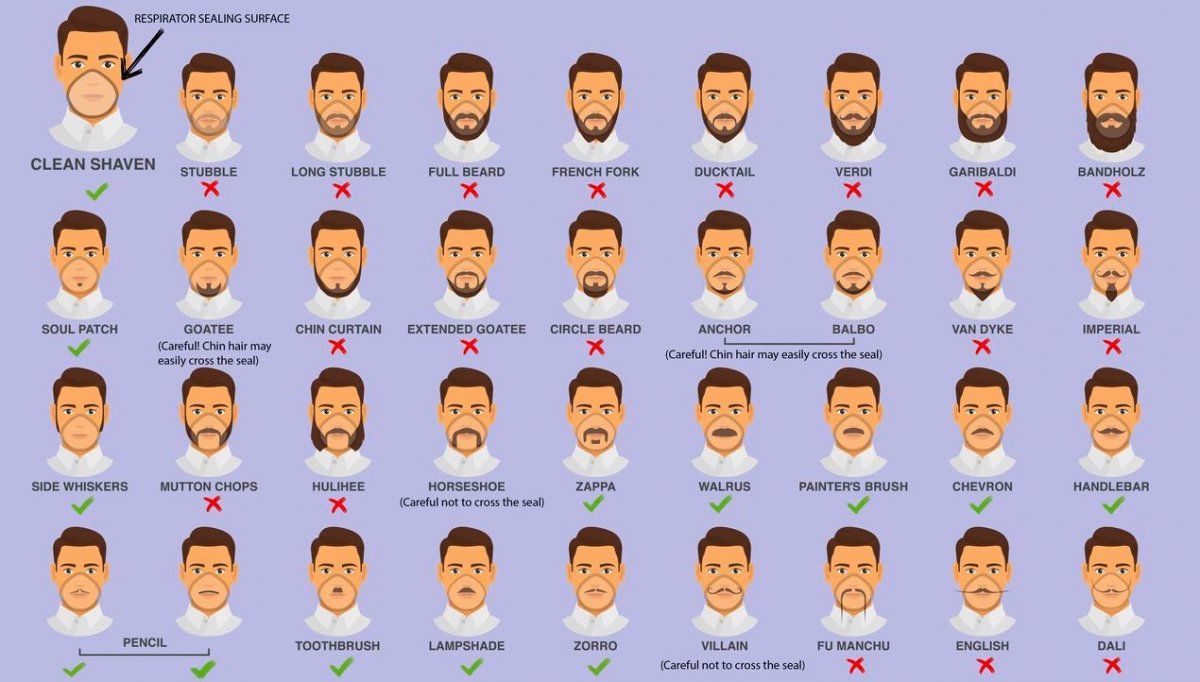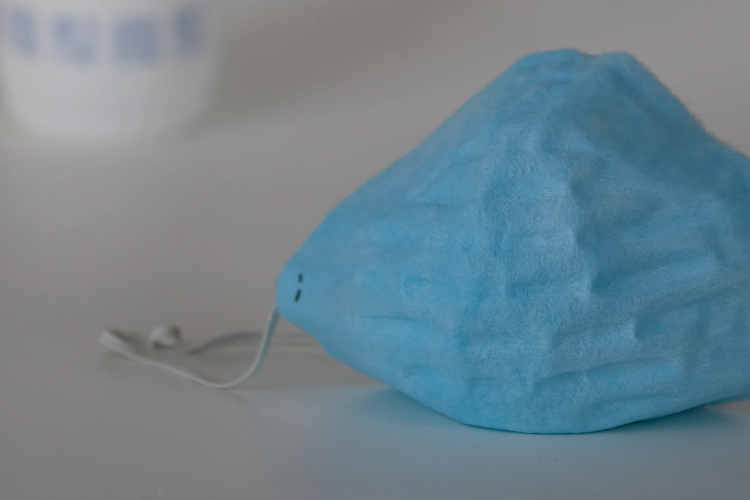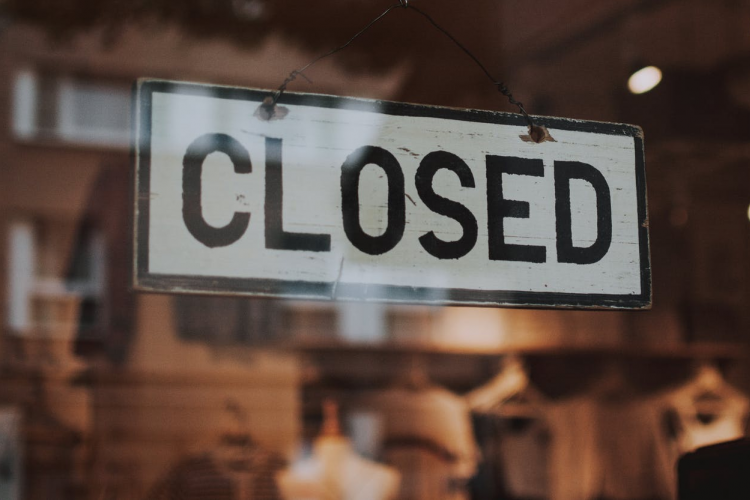Stubble Trouble: Is Your Beard Putting You at Risk of Virus Exposure?
Alright, hipsters, listen up. We know you were wearing face masks before they were cool, but is that fine-combed and waxed-up beard of yours hindering its effectiveness? That is the question many whiskered worriers asked themselves as the American Center for Disease Control (CDC) image of hirsute men wearing masks has resurfaced.
The graphic, pictured below, suggests that only simple mustaches and soul patches are likely to fall completely under the mask. It should be noted, however, that the graphic was not created by the CDC in response to the novel coronavirus, but rather was part of a no-shave-November blog from 2017 that was aimed at mask-wearing professionals who might be tempted to lay down the razor for a month, thus putting themselves at risk of inhaling dangerous gases, vapors, or particles.

That being said, common sense will tell you that even the thickest of bears will leave enough space for a virus to pass through. Viruses are much smaller than bacteria, and can even be as small as some atmospheric dust, smog, or soot particles, and therefore keeping a tight seal is essential for ensured protection. As the aforementioned CDC blog puts it, "Research tells us that the presence of facial hair under the sealing surface causes 20 to 1,000 times more leakage compared to clean-shaven individuals."
The bottom line is, you need to shave whatever facial hair you may have so that it fits within your mask. Simply make sure that no hair is touching the seal of the mask when you put it on, and you’re good to go. The CDC graphic suggests that most short mustaches are passable, and certain types of smaller beards such as the anchor or Balbo are acceptable as long as the borders are cut back enough. Sadly, you'll have to wait until the virus passes before finally growing that Fu Manchu you've been dreaming of.
READ: How to Tell Whether Your Mask is Real or Fake
Image: Beardsome, CDC







